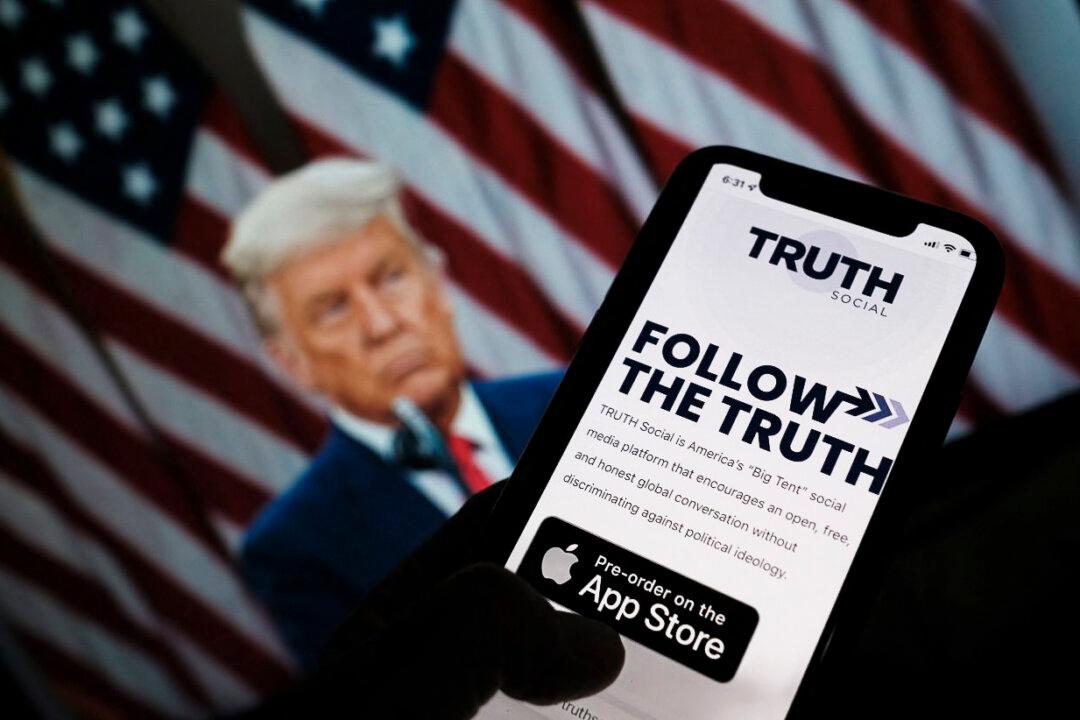Truth Social has begun a phased rollout of its Truth+ streaming platform, aiming to establish a home for content that was “neglected by the big corporations or is at risk of cancellation.”
Trump Media & Technology Group (TMTG), which operates Truth Social, started beta testing of streaming services on Friday, the Florida-based company said in an Aug. 2 press release. “After rigorous stress testing, the initial streaming service is expected to become available to all Truth Social users on the Web, followed shortly by its rollout on Android and iOS.”





